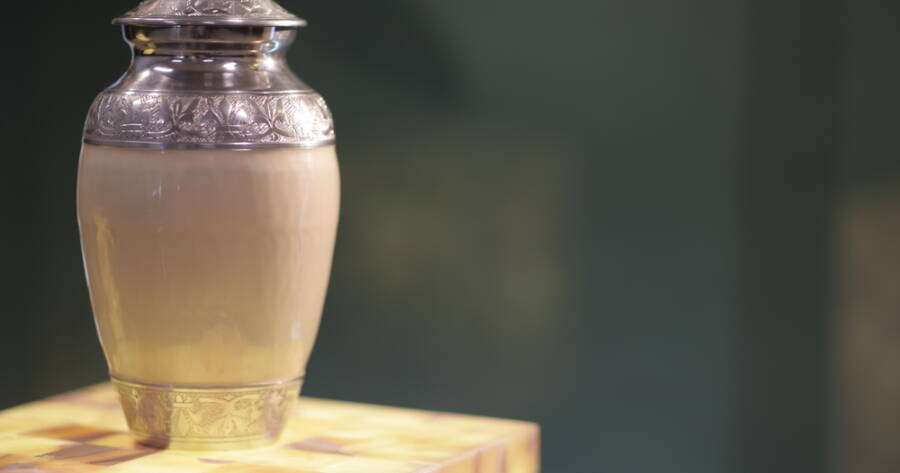Cremation has become a popular choice for final arrangements in the U.S., offering practicality, cost-effectiveness, and flexibility that traditional burials may lack. The modern process involves sophisticated methods, such as traditional flame-based and alkaline hydrolysis, catering to both environmental and personal preferences. As cultural attitudes shift, understanding cremation’s legal and emotional dimensions can guide families in making meaningful and informed decisions.
Understanding the Cremation Process in the U.S.
The process of cremation has evolved over centuries and has become an increasingly preferred choice for many due to its practicality and flexibility. Modern cremations are predominantly carried out in crematories with industrial machines designed for efficiency rather than the traditional image of open flames or historical rituals like Viking ship burials using innovative methods.
The typical cremation process involves incinerating the body at extremely high temperatures in a cremation chamber, reducing it to brittle, calcified bone fragments, which are then pulverized into ashes. These remains can be preserved in urns, scattered, buried, or transformed into creative memorials.
Key Components of Cremation
The entire cremation process begins with the transportation of the deceased to the crematory, where they are kept in secure cold storage until the procedure is scheduled. Once final arrangements and necessary documentation are completed, the cremation takes place.
The body is heated to 1,400–2,000 degrees Fahrenheit, resulting in combustion that leaves only bone fragments behind. These fragments are processed into fine ashes, ensuring the family’s receipt of a small portion of the original body mass, typically between four and six pounds through a detailed process.
Cremation Methods: Traditional Flame and Alkaline Hydrolysis
Two primary methods are recognized for cremation: traditional flame-based and alkaline hydrolysis. The former involves heating the body in a cremator that facilitates combustion while the latter, a more recent innovation, uses a water-based solution with alkaline chemicals under heat and pressure to decompose remains. Alkaline hydrolysis is considered an eco-friendlier alternative and is available in select locations within the United States expanding with demand.
Cultural Shifts and Cremation’s Popularity
The shift toward cremation over traditional burials is influenced by several factors. It is often viewed as being more practical and cost-effective while offering a level of personalization absent in standard internments.
Cultural taboos around cremation have lessened over time, making it an accepted choice for many, including those who might have spiritual reasons or personal preferences for avoiding traditional decay acknowledging cultural adaptations.
The Legal and Emotional Considerations
In the United States, the legal aspects of cremation are governed by state-specific regulations, which ensure that the process is documented and secure. The correct identification and chain of custody are crucial to guarantee that the remains returned to families are accurate.
Emotionally, cremation allows for creative farewell options that better reflect the individual’s personality and final wishes. From jewelry to space burials, families can choose unique ways to memorialize their loved ones highlighting personal choices.
Why You Should Learn More About Cremation Today
As an increasingly chosen method for handling final arrangements, cremation offers numerous advantages. Understanding its benefits provides families the opportunity to tie personal beliefs with a preferred process for disposition. It is also practical, offering significant cost savings and flexibility compared to traditional burial options.
Gaining familiarity with cremation can help make informed decisions that honor loved ones’ legacies while considering environmental and cultural shifts. Exploring the process and its options ensures a harmonious approach that is both respectful and meaningful.




